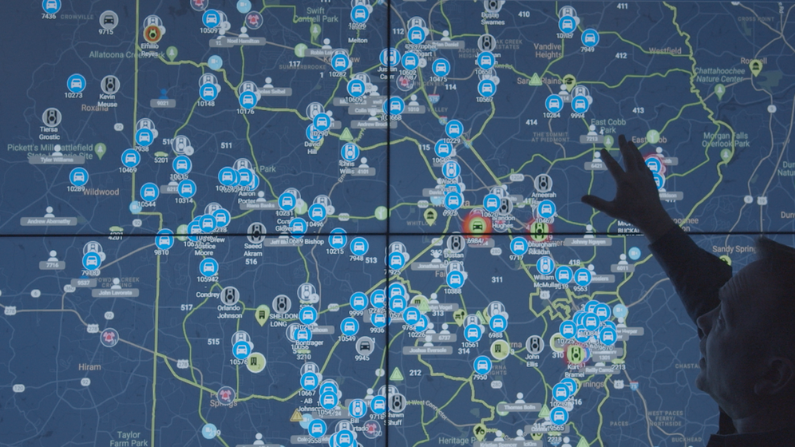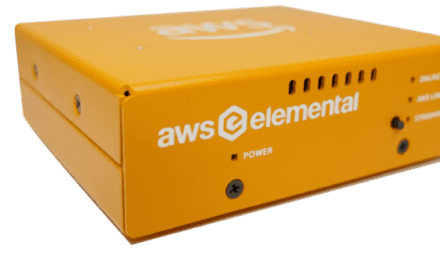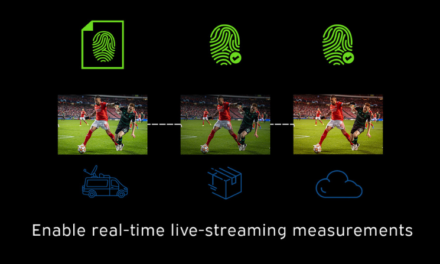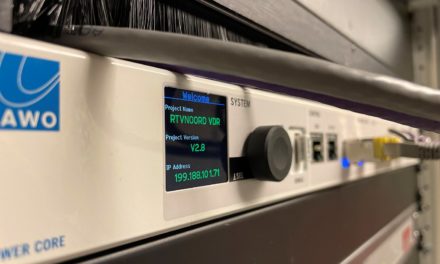Real-Time Crime Centers (RTCCs) offer a variety of benefits for law enforcement agencies, none more important than amplified situational awareness. These command centers, tailored to the specific needs of law enforcement, empower officers and operators with technology to make efficient and effective intelligence-driven decisions. This post examines three major benefits associated with the implementation and use of an RTCC, coupled with further exploration into the technology within crime centers designed to keep cities safe.
What is an RTCC? And who is it built for?
An RTCC is a command center configured specifically for law enforcement agencies, providing a centralized hub for officers and operators to gain real-time situational awareness. Built for law enforcement, RTCCs, powered by Haivision Command 360, offer a video wall infrastructure that enables officers to view incoming assets, including IP cameras, 911 calls, and field intelligence, creating a common operating picture for enhanced coordination and crime-fighting capabilities.
For more on Haivision Command 360 and how it increases operational awareness and your ability to make quick intelligent decisions, click here.
The Benefits of an RTCC
1. Enhanced Situational Awareness
RTCCs represent a pivotal advancement in law enforcement technology, integrating an array of data sources – including high-definition surveillance cameras, social media analysis, 911 emergency call data, and advanced GPS tracking systems. This integration facilitates an unprecedented level of real-time situational awareness for law enforcement agencies. By harnessing these diverse data streams, RTCCs enable officers and commanders to monitor ongoing incidents with heightened precision, swiftly detecting and deciphering patterns of criminal activity. This, in turn, empowers them to deploy resources with strategic effectiveness, ensuring that responses are not only rapid but also intelligently directed where they are most needed.
These centers offer immediate access to comprehensive, multi-layered information, enabling responding officers to quickly grasp the full scope of the situation. This includes real-time insights into the shooter’s location, potential hostages, or civilians’ positions, and even predictive analytics on the perpetrator’s next moves. Such in-depth understanding is vital for formulating effective tactical responses, significantly reducing response times, and decisively mitigating risks to both public safety and officers on the ground.
Moreover, RTCCs play a crucial role in inter-agency collaboration, enhancing communication and coordination between different law enforcement branches and emergency services. By acting as a centralized information hub, they ensure that all responding units are operating with a unified, comprehensive understanding of the situation, thereby streamlining operations and reducing the likelihood of miscommunication or operational overlaps.
2. Quicker Response Times
The enhanced situational awareness provided by RTCCs is not just an operational tool; it is a game-changer in public safety management. It offers a strategic advantage in crisis situations, where every second counts, and decisions must be both rapid and informed. For commanders and police officers, the ability to access and analyze real-time data through RTCCs can mean the difference between a swift, successful resolution and a prolonged, risk-laden operation.
By providing law enforcement with instant access to a wide array of critical data, these centers enable officers to react more swiftly to emerging situations. Quicker response times are crucial in the landscape of modern policing, as they can dramatically alter the outcome of rapidly evolving incidents. In situations like active shooter events, natural disasters, or large-scale public disturbances, seconds can be the difference between life and death. RTCCs enhance the ability of officers to arrive on the scene more promptly, armed with actionable intelligence that informs their approach and tactics.
From an operational standpoint, the efficiency gains from reduced response times also translate into cost savings for law enforcement agencies. Quicker resolution of incidents often means fewer resources are required over the long term, allowing departments to allocate their budgets more effectively. In the long run, the investment in RTCC technology not only enhances public safety and trust but also promotes a more sustainable and economically responsible approach to law enforcement.
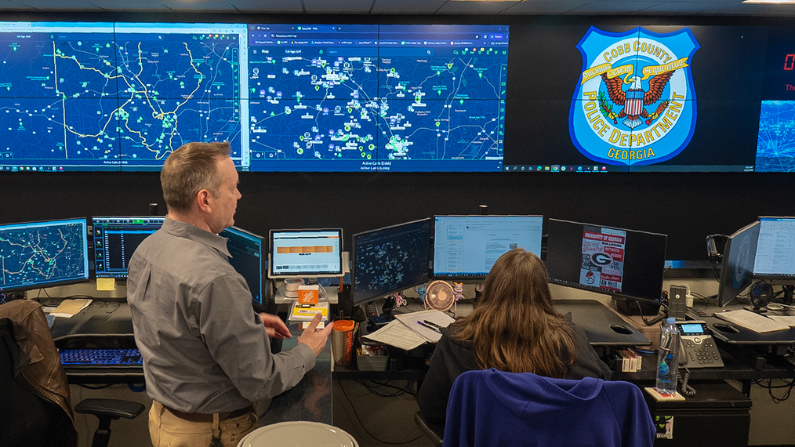
3. Data-Driven Policing and Crime Prevention
We’ve seen a steady climb in the number of police departments that prioritize precision policing techniques, which are very often part and parcel with the existence of an RTCC. Ultimately, the adoption of RTCCs is an investment in public safety, operational efficiency, and the protection of both officers and the communities they serve.
RTCCs analyze vast amounts of data to identify crime trends and hotspots, enabling law enforcement to allocate resources strategically. Predictive policing techniques, often integrated into RTCC operations, aid in anticipating and preventing crimes before they occur, effectively reducing the overall crime rate in the city.
The use of RTCCs significantly boosts the capacity of law enforcement agencies to respond rapidly and effectively to various emergencies. This enhanced capability is not just about leveraging technology for the sake of innovation; it’s about fundamentally transforming the way law enforcement interacts with and protects the community. By providing quicker, more informed responses, RTCCs play an indispensable role in the modern landscape of public safety and community well-being.
About RTCC Video Wall Technology
What kind of content can be displayed?
The short answer is practically anything. RTCC video wall systems must efficiently manage multiple incoming sources, most often ranging from incident recognition software to HD video feeds from IP cameras. Other content examples include computer-aided dispatch, video feeds, automatic license plate recognition software, gunshot detection data, automatic vehicle location (AVL) and Internet of Things (IoT) devices. Integration with tools like Flock and Fūsus amplifies the capabilities of these systems by aggregating data from various sources into a single operational view for maximum situational awareness.
The Charlotte-Mecklenburg Police Department’s implementation is a prime example of the types of content and data sources RTCCs strive to visualize.
Who can have access?
Haivision Command 360 is designed to accommodate multiple users with different access levels, allowing for customized displays based on organizational preferences and role-based permissions. This ensures that officers and operators can access the information they need when they need it, ultimately streamlining daily operations.
Technical knowledge needed for users
RTCCs are, by nature, operated by individuals that often don’t have a deep technical knowledge, rather, these users are trained to be in the field of law enforcement. As a result, it is important that RTCC video wall technology doesn’t require its users to be highly technical. Command 360’s user-friendly interface ensures simplicity and ease of use. Accessible with any PC or touchscreen-enabled web browser, it requires little technical knowledge or programming experience, making it a valuable tool for law enforcement.
For more information about video wall infrastructure for RTCCs, check out this blog.
The benefits of RTCCs extend far beyond traditional crime-fighting methods. With enhanced situational awareness, quicker response times, and data-driven policing, these command centers, powered by Haivision Command 360, are at the forefront of shaping the future of public safety technologies, ensuring communities are safer and better protected.

